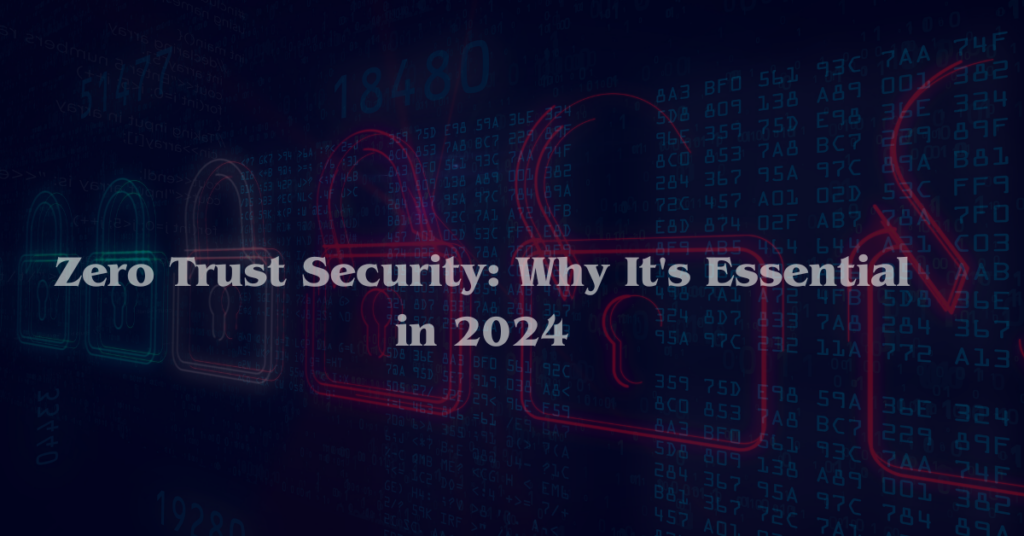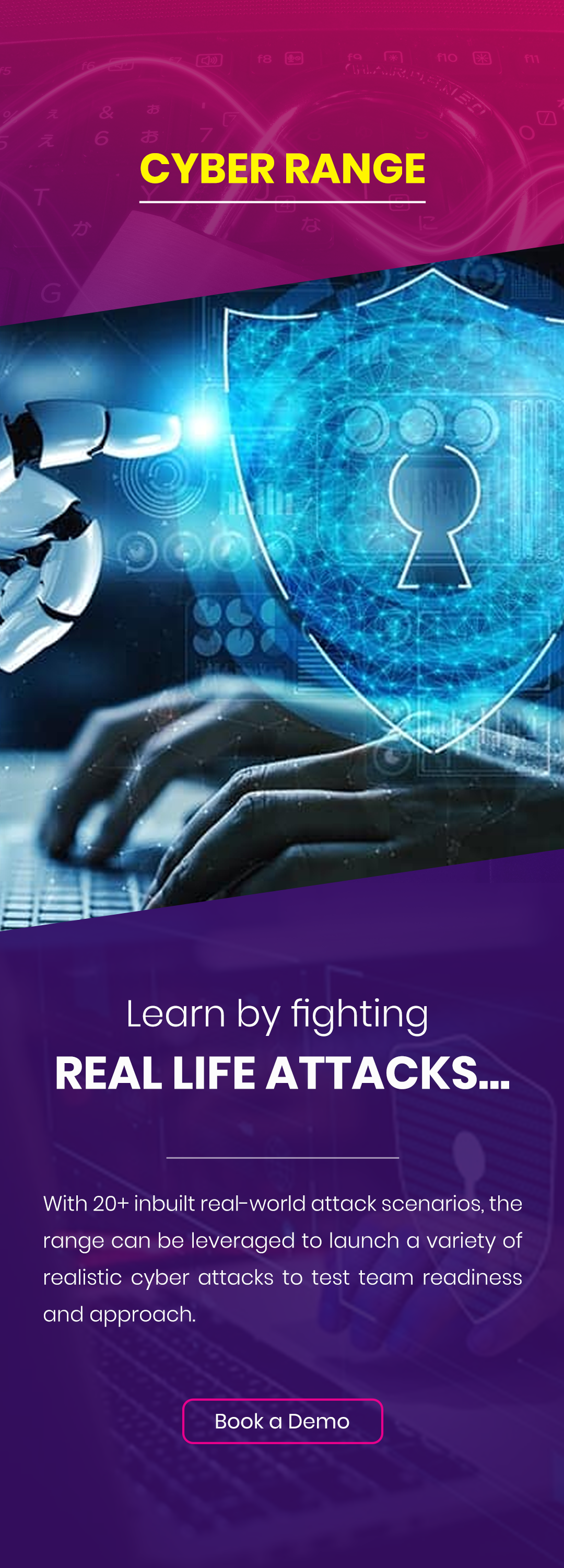
Introduction
In an era where cyber threats are becoming increasingly sophisticated and widespread, traditional security models are no longer sufficient to protect sensitive data and systems. Enter Zero Trust Security, a model that is gaining traction and proving to be essential for organizations in 2024. This article explores the principles of Zero Trust Security, its benefits, and why it’s crucial for modern cybersecurity strategies.
What is Zero Trust Security?
Zero Trust Security is a cybersecurity model that operates on the principle of “never trust, always verify.” Unlike traditional security models that assume everything inside an organization’s network can be trusted, Zero Trust requires continuous verification of all users, devices, and applications, regardless of their location.
Key Principles of Zero Trust Security
- Continuous Verification
- Always verify access requests from users and devices, ensuring they are legitimate and authorized.
- Least Privilege Access
- Grant users the minimum level of access required to perform their tasks, reducing the risk of unauthorized access.
- Micro-Segmentation
- Divide networks into smaller segments and secure each one individually to prevent lateral movement by attackers.
- Assume Breach
- Operate under the assumption that a breach has already occurred, and design defenses to contain and mitigate the impact.
Why Zero Trust is Essential in 2024
- Increasing Cyber Threats
- With the rise of sophisticated cyber attacks, traditional perimeter-based security is no longer effective. Zero Trust provides a more robust defense by continuously monitoring and verifying all access requests.
- Remote Work and BYOD Trends
- The shift towards remote work and the use of personal devices (BYOD) has blurred the traditional network perimeter. Zero Trust adapts to this new reality by securing access regardless of location or device.
- Regulatory Compliance
- Regulations like GDPR, CCPA, and others require stringent data protection measures. Zero Trust helps organizations comply by enforcing strict access controls and data security policies.
- Cloud and Hybrid Environments
- As organizations increasingly adopt cloud and hybrid environments, Zero Trust ensures secure access to resources across on-premises and cloud infrastructures.
Implementing Zero Trust Security
- Assess Current Security Posture
- Conduct a thorough assessment of existing security measures and identify gaps that Zero Trust can address.
- Adopt Multi-Factor Authentication (MFA)
- Implement MFA to add an extra layer of security for verifying user identities.
- Micro-Segment the Network
- Divide the network into smaller segments and apply security controls to each one, limiting the impact of a potential breach.
- Implement Continuous Monitoring
- Use advanced monitoring tools to continuously observe and analyze network traffic, detecting and responding to suspicious activity in real-time.
- Educate and Train Employees
- Ensure employees understand Zero Trust principles and their role in maintaining security, through regular training and awareness programs.
Benefits of Zero Trust Security
- Enhanced Security Posture
- By continuously verifying all access requests and minimizing trust, Zero Trust significantly reduces the risk of data breaches and cyber attacks.
- Improved Visibility
- Organizations gain better visibility into their network traffic and user activity, allowing for quicker detection and response to threats.
- Reduced Attack Surface
- Micro-segmentation and least privilege access reduce the number of potential entry points for attackers, limiting their ability to move laterally within the network.
- Compliance with Regulations
- Zero Trust helps organizations meet regulatory requirements by enforcing strict access controls and protecting sensitive data.
Conclusion
As cyber threats continue to evolve, the need for a robust and adaptable security model becomes paramount. Zero Trust Security, with its principles of continuous verification, least privilege access, and micro-segmentation, offers a comprehensive approach to protecting modern organizations. In 2024, embracing Zero Trust is not just an option but a necessity for ensuring the security and resilience of digital infrastructures. At Purplesynapz, we are committed to helping organizations adopt and implement Zero Trust Security to safeguard their valuable assets and data.
Hits: 13





